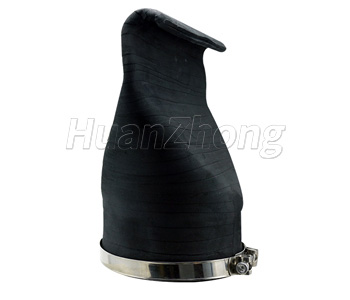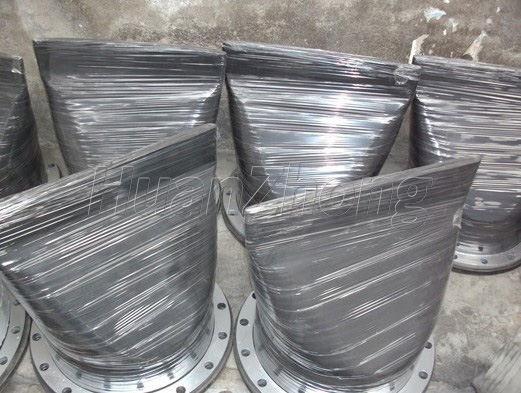Introduction of duckbill valve
Flange duckbill valve is a combination of rubber duckbill valve and flange. For installation, simply connect the metal flange to the flange pipe and tighten the fasteners. It is easy to install and saves time. This product does not have any moving parts during use, so no maintenance is required.
The clamp type rubber duckbill valve is a combination of a rubber duckbill valve and a clamp. For installation, simply position the clamp with the pipe orifice and tighten. The valve can be used with straight, flanged, cement and fiberglass pipes. It is suitable for coastal areas, beaches, docks, reservoirs, municipal flooding and sewage discharge. It is an environmentally friendly valve that can replace faucet doors and gates, and is a good solution to the problem that faucets are easily contaminated by mud and sand.
Installation method and size: Made of rubber flange, valve body and duckbill in one piece with gasketed metal flange, it can be naturally connected with metal flange and installed directly on the tank, pipeline and weir. When installing the connection, the flange and connection flange size corresponds to ensure that the coupling is tightened and sealed, but also pay attention not to damage the flange lip of the rubber drain check valve.

Duckbill valve can be given straight pipe, flange pipe, cement pipe, glass fiber reinforced plastic pipe supporting, the valve is widely used in the coast, beach, dock, reservoir, municipal flooding, sewage, can be described as environmentally friendly green valve, the valve to solve the problem of easy to be blocked by sediment, silt, rocks, vegetation, marine life. Flange type rubber drainage check valve product main use: applied to waterproof system, discharge system, pump outlet, lifting pump station and submerged aeration system. Main features: rubber flange and valve body are integrated, easy to install. The valve body is designed with full rubber, which will not cause siltation and stuff jamming, reducing maintenance costs and allowing solid particles to pass smoothly. Valve body manufacturing materials: neoprene, nitrile rubber and ethylene propylene rubber, etc.; flange material: Q235, 304, 316, etc.

